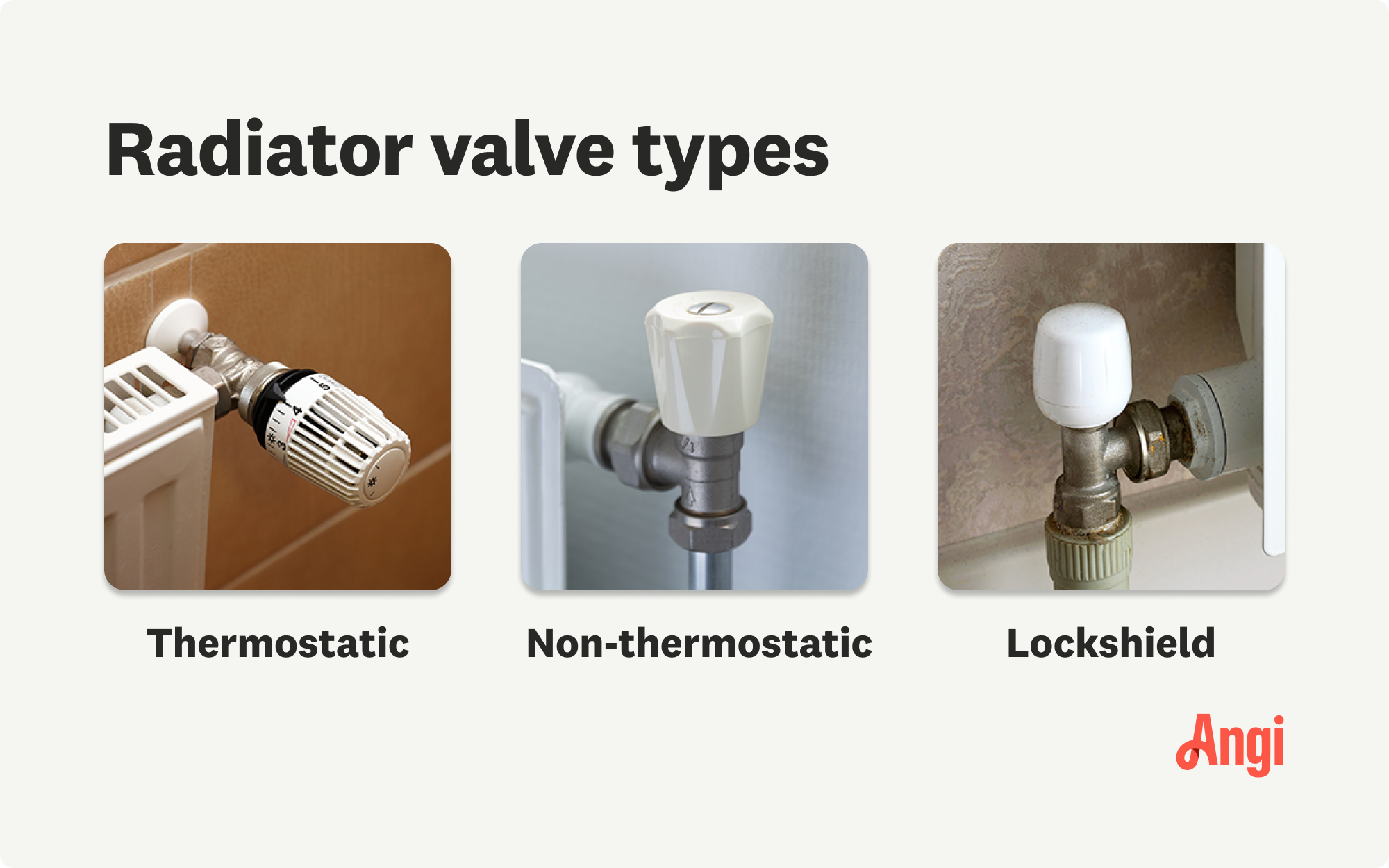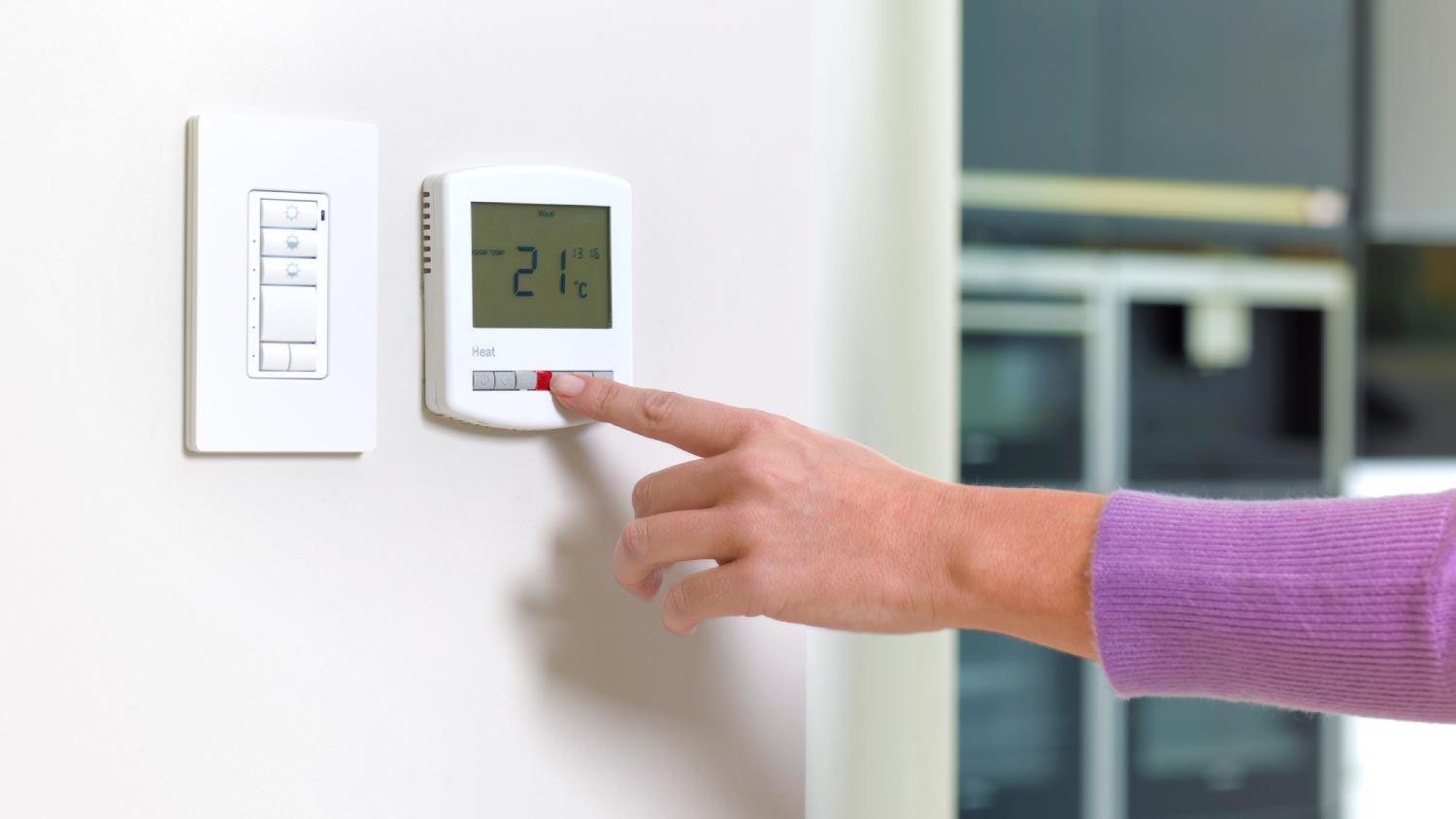
What you’ll pay in Columbus, OH, for furnace repairs depends on many factors. Here’s a breakdown of what can go wrong and the cost to fix those issues.
Here’s how you can help your radiator be rad again


Your issue could be simple, like a broken thermostat or a blocked radiator.
Leaks and issues with your boiler or furnace demand help from a professional.
Learning how to bleed a radiator could save you quite a lot in repair bills over the years.
Darker nights and cooler temperatures mean that winter is afoot, and that’s when we tend to use our heating systems the most. But, after being dormant for some time, your house radiators may not cooperate the way you need them to. The thought of repair bills may ignite some frustration, but repairing common radiator problems is a lot easier than you think and could save you quite a bit of money.
One of the first things you should do is check if there are any underlying issues with your central heating. To gauge its functionality, check each radiator in your home to see if they’re heating up correctly, and make sure your radiators aren’t turned off.
If multiple radiators aren’t working, you’ll need the help of a boiler repair company near you to assess the issue. However, if it’s one radiator, it could be something minor and an issue with the radiator itself.
Have you noticed that your radiator might be cold to touch on top, but there’s heat coming from the bottom? If so, it could be because of trapped air. Instead of hot water circulating throughout the radiator, the air takes its place, leading to this slight malfunction.
Luckily, all you need to do is “bleed” the radiator. Don’t worry; you won’t be making any cuts and causing an injury. The process involves releasing the trapped air to get your heating working correctly again.
Locate the bleed valve at the side of your radiator (it's a round hole with a square inside) and use the radiator bleed key to open it slightly. If you don’t have a bleed key, you can use a flathead screwdriver to substitute. The radiator will make a “hissing” noise as the air escapes. Once the noise stops, tighten the bleed valve again to seal it.
You’ll also want to check the other radiators in your home to see if they need bleeding. Afterward, you can restart your heating system and hop in your comfortable pajamas.

When trapped air isn’t the problem, a cold radiator could involve the thermostatic radiator valve. For a quick troubleshoot, check that someone didn’t accidentally switch the setting to the off position. But if the radiator is on, has a set temperature, and is still cold, the valve has likely seized up.
To set it free, open the top of the valve by unscrewing it with your hand. Then look for an exposed pin, which you can typically move up and down. If it’s stuck, try tapping it gently to enable movement. It should do the trick, but if that doesn’t work, you may need to replace the valve entirely, costing $150 to $300.
We recommend calling in a professional if you find that you need a replacement. The work is pretty easy, but the components are delicate, so it’s best to have a pro at your side in case anything goes wrong.
Many leaky radiator fixes precede a hefty repair bill. After all, the cost of a new radiator is $250 to $2,500 plus installation costs, and that labor can range from $50 to $100 per hour.
However, not all radiator leaks are severe. If the leak happens where the thermostatic valve connects to one of the pipes, it could be a loose nut. Simply tighten it with a monkey wrench, and you should be good to go.
If you have a leak somewhere else or can’t seem to get a good seal on the valve, call in a professional for help.
As mentioned above, radiators can be cold on top but hot on the bottom. There are also rare occasions when your radiator can be hot on top and cold on the bottom. This usually indicates sludge build-up at the bottom of the radiator, which limits water circulation throughout the radiator.
This is usually only an issue in very old systems, where corrosion can leave debris in the water. Unlike your plumbing fixtures, your radiators are closed system, so the build-up of hard water minerals isn’t the issue here. This is why the problem is a relatively rare one.
The best fix for this is hiring a professional to perform power flushing. It’s a service that uses chemicals to remove any blockages from the bottom of your radiator and help the heat efficiently circulate throughout your home.
Other signs you may need to power flush your radiators include:
Inconsistent temperatures from room to room
A recurring need to bleed your radiators
No hot water
Longer wait times for the central heating to warm

Radiators that are warm but not hot, on the other hand, could foreshadow issues with your main system. Be careful when touching a heated radiator because it could cause a burn. If the radiator feels warm but not hot, you’ll need to balance your heating system. Doing so will increase your system’s performance, keeping you extra warm during those cold winter nights.
Balancing your heating system is a somewhat involved process, but it’s easy enough for most homeowners to tackle. You’ll basically see which radiators in your home heat up the fastest, and then adjust your radiator valves to slow the fastest radiator. Continue this process until they all heat evenly.
There are two primary kinds of radiators: those that contain steam and those that contain hot water. Understanding the difference can help you carry out home radiator repair properly and avoid wasting time on possible solutions that won’t fix your particular radiator style.
| Steam Radiator | Hot Water Radiator |
|---|---|
| Adds humidity when vented | No humidity when vented |
| Large fins | Smaller fins |
| Less efficient | Better energy efficiency |
| More maintenance required | Minimal maintenance |
| Noisy | Quiet |
| Standing | Standing or baseboard |
As the name suggests, steam radiators work by pulling steam from your central heating system—your boiler—and then radiating the heat to the surrounding room. These are closed systems, meaning there’s a set amount of water in the loop that travels from your boiler to your radiators. The boiler heats the water until it becomes steam, and the steam travels to the radiators.
The best way to tell if you have steam radiators is to look at where the pipes enter and exit the radiator itself. A steam radiator will either have just one pipe, or it will have two—one that enters from the bottom and one that exits from the top.
Hot water radiators also create a closed system, but instead of the boiler heating the water to the point that it turns into steam, the boiler instead pumps hot water through the system. Once the water reaches the radiator, the heat gets transferred to the surrounding room, just as it would with a steam radiator.
If you have a hot water radiator, you’ll always have two pipes connected to each radiator, and they will both connect to the bottom of the unit. One is an inlet valve, and the other is a release valve. A hot water radiator will never have a single pipe, and the pipes that are there will never connect to the top of the radiator.
One thing to note with water radiators is that you should keep an eye on your boiler’s water pressure gauge and add water as needed. Remember, this is a closed system, but if water leaks out at some point, the pressure could drop and create issues with heating.

You should steer clear of DIYing most plumbing and HVAC issues, including those related to your radiators. However, there are some instances where you just need to do minor maintenance on a radiator to get it working again. Feel free to assess and attempt a fix to your radiator issue if any of the following apply:
Your thermostat is set improperly or needs a new battery
You need to bleed your radiators
You need to tighten a valve that’s leaking lightly
You need to balance your system by testing and adjusting radiator valves
If you can’t find the correct valves or don’t know what half the terms we talked about above mean, you should call a pro in to help.
By working on your HVAC system or undergoing important repairs on your own, you could void your unit’s warranty or further damage the system. Leave HVAC repairs to the pros.
You should feel comfortable diagnosing a few of the most common home radiator problems, but if your troubleshooting comes up empty, call a top-rated heating and cooling contractor for help.
If the solutions above don’t work for you, you’re likely facing a more serious issue that would be dangerous to tackle alone. These include the following:
A blockage in your radiator
A severe leak
An issue with your boiler
A bad circulating pump
Most service calls range from $50 to $100 per hour, and boiler repair costs average around $400.
More often than not, radiator issues stem from the boiler, not the radiator itself. Your pro can diagnose the issue, quote repair costs, and suggest the best course of action.
From average costs to expert advice, get all the answers you need to get your job done.

What you’ll pay in Columbus, OH, for furnace repairs depends on many factors. Here’s a breakdown of what can go wrong and the cost to fix those issues.

The average cost of an electric furnace ranges between $1,700 and $7,000, depending on the size, ductwork, and complexity.

Discover the primary whole-house air filtration system cost factors when installing one in your home to help remove airborne contaminants and allergens.

Discover the average wall heater installation cost, key price factors, and expert tips to help you budget and save on your next home heating project.

Whether you’ve lost heat or your furnace is making strange sounds, stay calm. Use this guide to determine the source of the problem and your next steps.

Is your heat pump not blowing hot air? Several factors could be causing this issue, and we dive into seven of the most common heat pump issues.